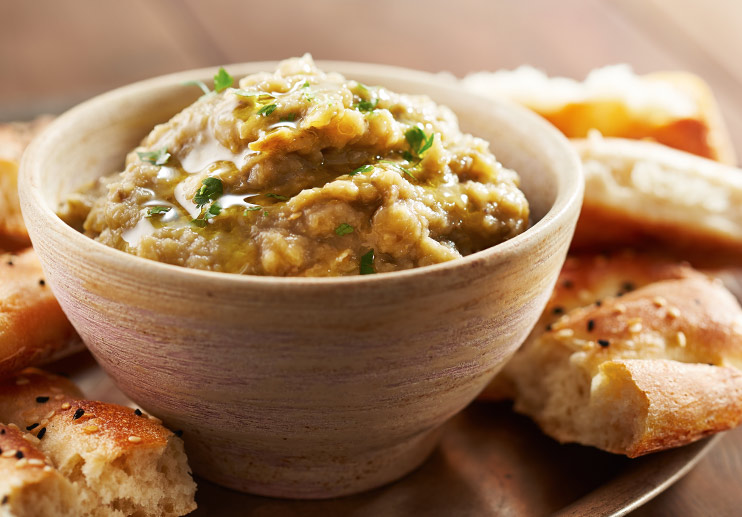Never before have I been so aware of the many varieties of beans and other legumes grown in the Mediterranean and the resourceful ways they are utilized by the region’s talented cooks. The white bean bruschetta Meghan and I ate in Florence (splashed with just-pressed EVOO) was delicious beyond description.
Ingredients
- 2 cups cooked white beans (like cannellini or great northern), drained and rinsed
- 3 small Roma tomatoes, seeded and diced
- 1/4 cup Kalamata olives, diced
- 6 tablespoons olive oil, divided use, plus more for drizzling
- 1/4 cup basil, julienned
- 2 large garlic cloves, minced
- Kosher salt
- Freshly ground black pepper
- 1 baguette, cut diagonally into 1/3-inch slices
Directions
Step 1
Preheat the broiler. In a small bowl, mix the beans, tomatoes, olives, 4 tablespoons of olive oil, the basil, garlic, and salt and pepper to taste.
Step 2
Place the bread on a baking sheet. Brush with the remaining olive oil. Broil a few inches from the heat for about 1 minute per side, or until golden. (Alternatively, you can grill the bread on an outdoor grill.)
Step 3
Drizzle olive oil on each slice of bread and top with the bean mixture. Drizzle more olive oil on top, if desired.
Serves 4 — Recipe adapted from seriouseats.com



